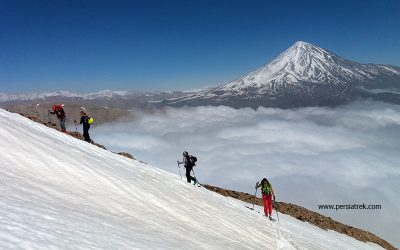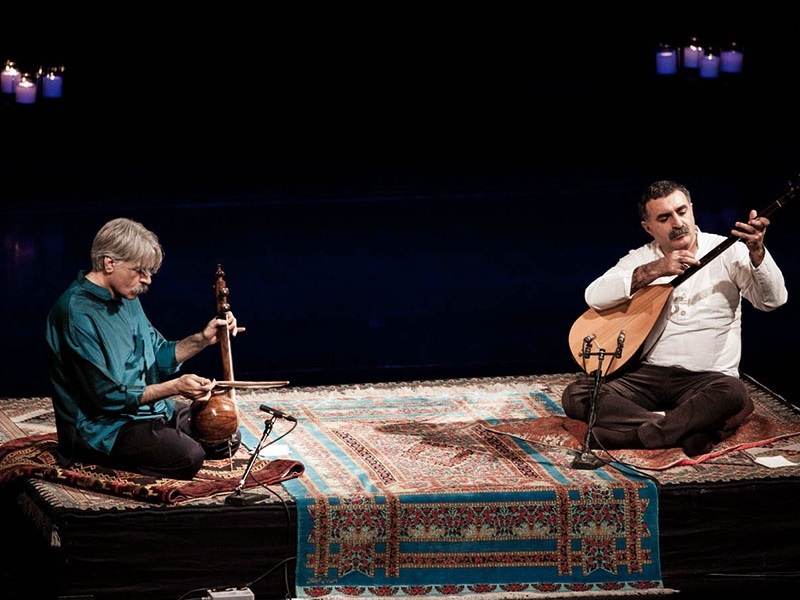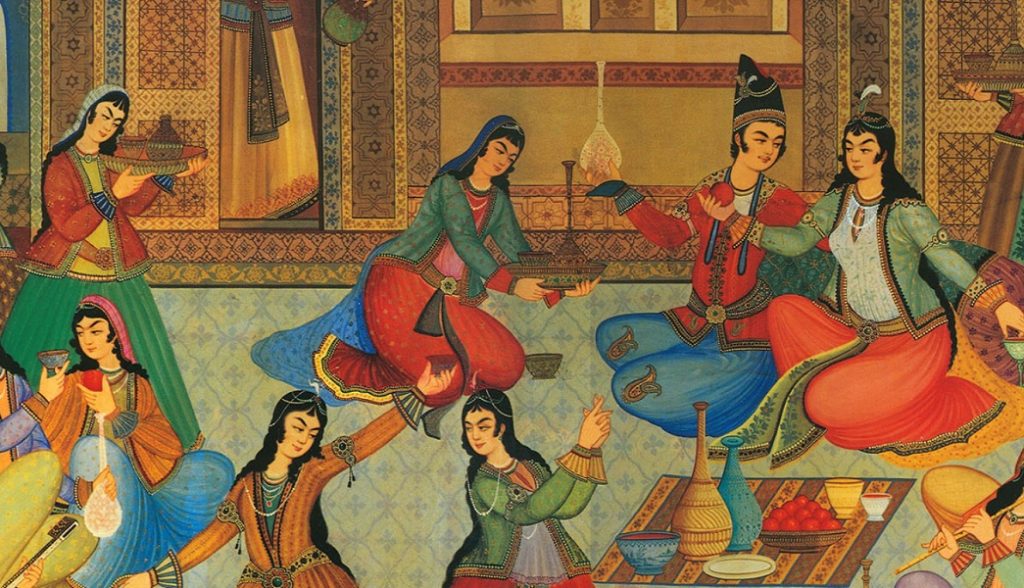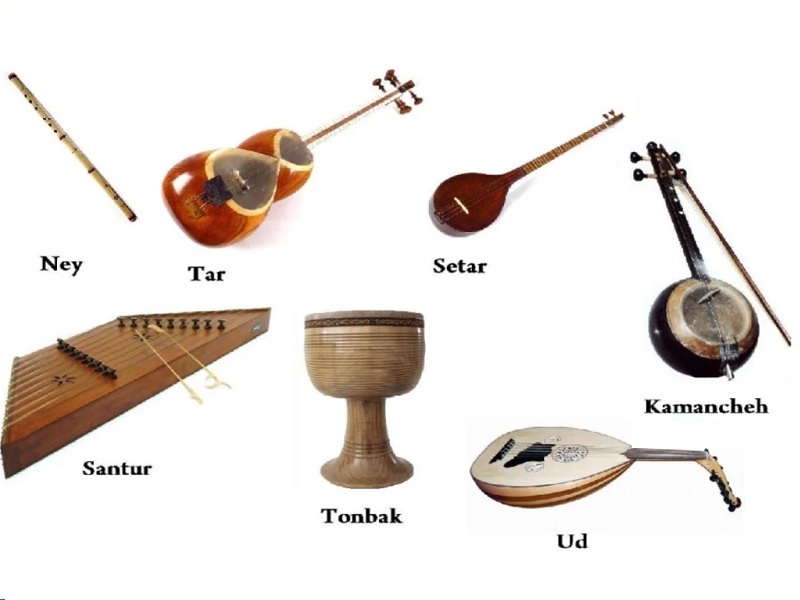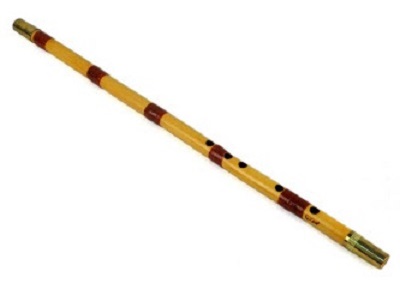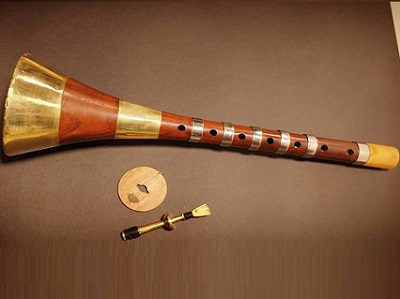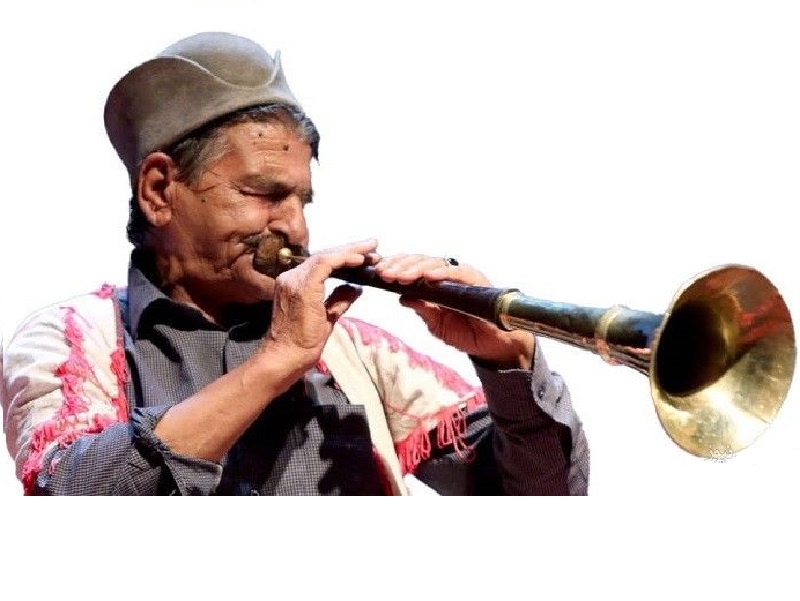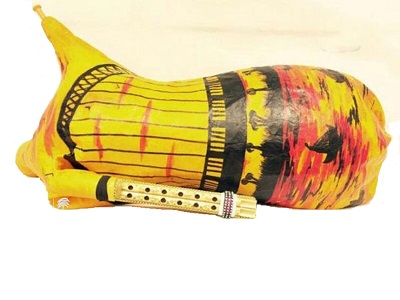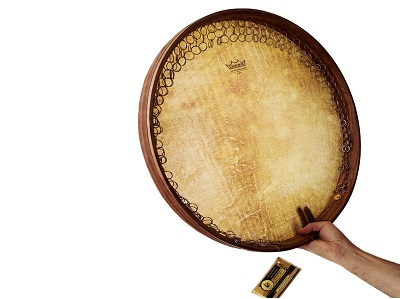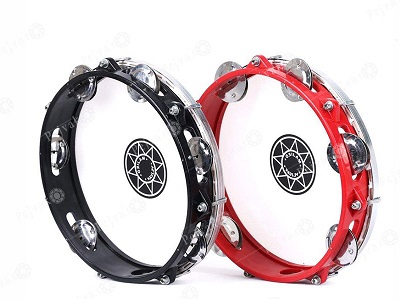
Nowrouz in Iran: A Celebration of Renewal and Joy
Nowrouz in Iran: A Celebration of Renewal and Joy
Nowrouz, the Persian New Year, is an ancient celebration marking the arrival of spring and the vernal equinox. Deeply rooted in Iranian culture and Zoroastrian traditions, Nowrouz transcends religious and ethnic boundaries, uniting millions across Iran and beyond. This article delves into the history, customs, and significance of Nowrouz in Iran, highlighting why it remains one of the most cherished festivities in the region.
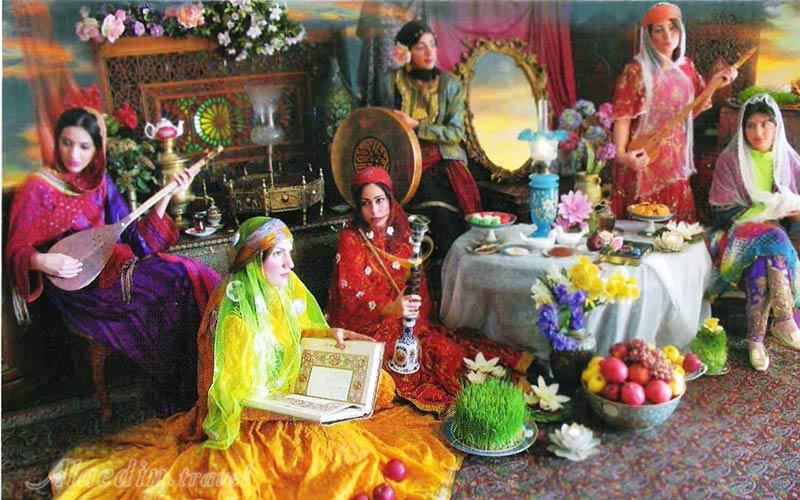
The Origins of Nowrouz
Nowrouz, meaning “new day” in Persian, dates back over 3,000 years. The celebration has its origins in Zoroastrianism, the pre-Islamic religion of ancient Persia. Zoroastrians viewed the vernal equinox as a symbol of renewal, reflecting the eternal battle between light and darkness. The concept of celebrating rebirth and the triumph of good over evil is a cornerstone of Nowrouz.
Historical texts, including the Shahnameh—Ferdowsi’s epic poem—highlight the legendary figure of Jamshid, a mythical king credited with establishing Nowrouz. According to legend, Jamshid ascended to the throne and declared Nowrouz to mark his victory over darkness and evil forces.
When is Nowrouz Celebrated?
Nowrouz begins precisely at the moment of the vernal equinox, usually on March 20th or 21st. This marks the start of Farvardin, the first month of the Iranian solar calendar. The timing symbolizes a balance between day and night, aligning with themes of harmony and renewal.

The Haft-Seen Table: A Symbolic Display
At the heart of Nowrouz celebrations is the Haft-Seen table, an arrangement of seven items whose names start with the Persian letter “S” (Seen). Each item carries profound symbolism:
- Sabzeh (Sprouted wheat or lentils): Represents rebirth and growth.
- Sib (Apple): Symbolizes health and beauty.
- Seer (Garlic): Denotes protection and medicine.
- Samanu (Sweet pudding): Stands for power and strength.
- Senjed (Dried oleaster fruit): Signifies love and wisdom.
- Somāq (Sumac): Represents the sunrise and patience.
- Serkeh (Vinegar): Embodies aging and patience.
The Haft-Seen table often includes other items such as a mirror (reflection), candles (light), painted eggs (fertility), goldfish (life), and hyacinth flowers (beauty). A book of poetry or the Quran is also placed to signify spirituality.
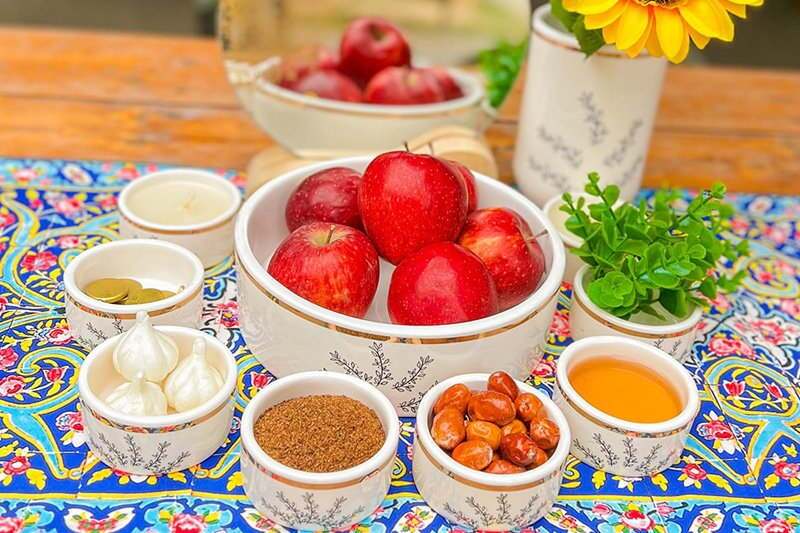
Pre-Nowrouz Traditions
Preparation for Nowrouz involves weeks of cleaning, organizing, and shopping. These activities symbolize clearing away negativity and making space for new beginnings.
Khaneh-Tekani: Spring Cleaning
Literally meaning “shaking the house,” Khaneh-Tekani is an integral pre-Nowrouz tradition. Families thoroughly clean their homes, discard unwanted items, and refurbish their living spaces. This ritual reflects a desire to start the new year with a clean slate.
Charshanbeh Suri: Festival of Fire
On the last Wednesday evening before Nowrouz, Iranians celebrate Charshanbeh Suri. Bonfires are lit, and people jump over the flames while chanting, “Zardi-ye man az toh, sorkhi-ye toh az man,” meaning “Take my yellowness, give me your redness.” This symbolizes purging misfortune and embracing health and vitality.
Nowrouz Festivities
Once the vernal equinox arrives, families gather around the Haft-Seen table to mark the exact moment of Nowrouz. The celebrations continue for 13 days, filled with visits, feasts, and cultural activities.
Visiting Family and Friends
Nowrouz emphasizes reconnecting with loved ones. The first few days are dedicated to visiting elders, followed by reciprocal visits. Hosts serve traditional sweets such as baklava, noghl (sugar-coated almonds), and tea to guests.

Traditional Nowrouz Cuisine
Food plays a central role in Nowrouz festivities. Some popular dishes include:
- Sabzi Polo ba Mahi: Herb-infused rice served with fried fish, symbolizing prosperity and abundance.
- Reshteh Polo: Rice mixed with noodles, signifying the unraveling of life’s complexities.
- Ash-e Reshteh: A hearty soup with beans, herbs, and noodles, symbolizing good fortune.
- Kuku Sabzi: A Persian herb frittata, representing growth and health.
Sizdah Bedar: Nature Day
The 13th day of Nowrouz, Sizdah Bedar, is spent outdoors. Families enjoy picnics in parks or countryside settings, symbolizing a return to nature. The Sabzeh from the Haft-Seen table is thrown into running water, signifying the release of negativity and bad luck.

Nowrouz Beyond Iran
Nowrouz is not exclusive to Iran. It is celebrated in many countries across Central Asia, the Caucasus, and the Middle East, including Afghanistan, Tajikistan, Uzbekistan, and parts of India. Each region adds its unique customs to the celebration, enriching the diversity of Nowrouz traditions worldwide.
The Spiritual and Cultural Significance of Nowrouz
Nowrouz is more than a celebration; it embodies values such as renewal, gratitude, and unity. It encourages individuals to reflect on their past, express gratitude for blessings, and set intentions for the future. The emphasis on family, hospitality, and cultural heritage strengthens bonds within communities.
Nowrouz in Modern Iran
In contemporary Iran, Nowrouz remains a cherished holiday. Despite societal changes and modernization, the festival’s core values persist. Schools and offices close for several days, and Iranians of all ages participate in the festivities.
Social media and technology have also influenced how Nowrouz is celebrated. People share Haft-Seen table photos, greetings, and memories online, spreading the joy of the season globally.
Challenges and Preservation of Nowrouz
While Nowrouz thrives as a cultural cornerstone, it faces challenges such as urbanization and time constraints in modern life. Efforts to preserve Nowrouz traditions include:
- Educational Initiatives: Schools incorporate lessons on Nowrouz history and customs.
- Community Events: Local organizations host Nowrouz-themed events and performances.
- UNESCO Recognition: Nowrouz is recognized as an Intangible Cultural Heritage by UNESCO, underscoring its global importance.
Conclusion
Nowrouz in Iran is a vibrant celebration of life, renewal, and cultural heritage. From its ancient Zoroastrian roots to its modern-day expressions, Nowrouz brplease









